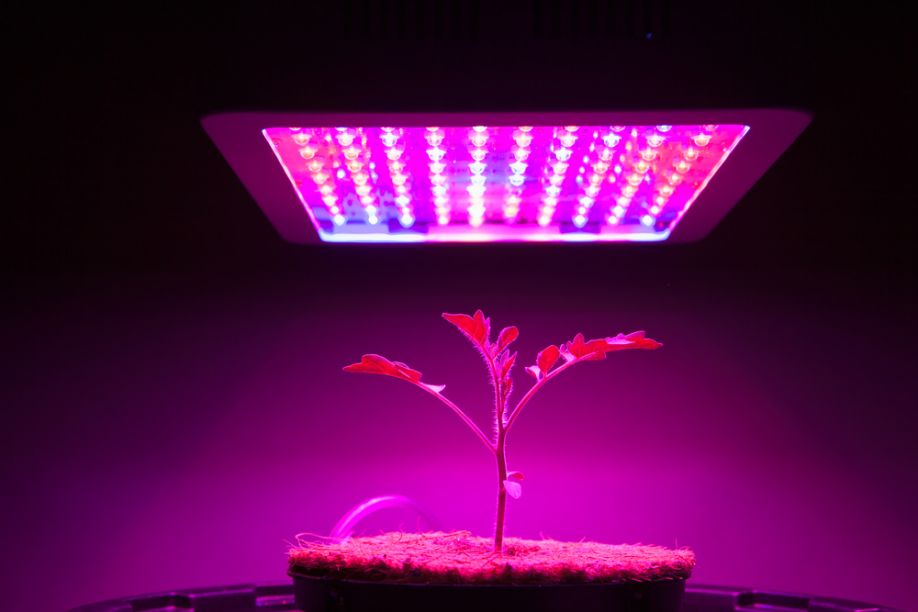Robotics and Automation in the Cannabis Industry

The cannabis industry, despite legal barriers in many U.S. states, is growing at an extraordinary rate. Sales are expected to grow by 14% over the next six years, and total annual sales will reach more than $30 billion.
However, much of the industry’s potential value remains uncaptured due to the new or limited operations of current cannabis cultivators.
Robotics and automation can be surprisingly useful for the growing industry — and may represent a major market for developers of commercial robotics over the next few years.
Here’s how the industry is already using robotics and automation in day-to-day workflows, and how some companies plan to adopt this tech in the near future.
Chemical Analysis of Cannabis Products
Companies from outside the cannabis industry — like Hamilton Co., a specialist in liquid handling and sample management automation — have worked to develop new tools or adapt existing technology to make chemical analysis of cannabis products simpler, faster and more accurate.
These tools and testing services may be a major asset as companies ramp up production, and it becomes less practical to analyze samples of cannabis products without some kind of automation.
Robotic Automation of Cannabis Extraction
Consumer demand for cannabis products goes well beyond cannabis flowers. There’s also high demand for ready-to-consume products containing THC, CBD or a combination of the two psychoactive compounds.
At small scales, companies generally prefer to use manually operated machines for extraction. However, the process becomes much more complicated when you want to create batches large enough to meet the demand of a state- or national-size audience.
Several new companies — like Precision Extraction — have developed automated CO2 systems for cannabis extraction. These systems are much more scalable than conventional tech and can be fully automated with the right hardware — like a central control computer and EtherCAT network equipment.
Automated Weighing and Packing
Cannabis processing is somewhat unique compared to other agricultural products. This means robotics developers sometimes need to create new tech to handle different steps in cannabis processing and packaging — like drying, curing and sorting flowers.
Recently, new technology has enabled the automation of the weighing and filling process, which has traditionally been done by hand.
Often, the process was managed by a small team of workers whose numbers may fluctuate based on availability and market demand. With this tech, employees are freed up for other parts of the process that remain difficult to automate. It also helps ensure consistently accurate package weighing and quality filling.
Automating CBD Extraction
For cannabis growers and processors, there’s significant value in CBD, one of the main psychoactive compounds found in cannabis plants.
However, the process for extracting CBD is not simple, and many producers still rely on small-batch methods — more akin to a microbrewery than a commercial production process.
Recently, several companies have developed ethanol and CO2 extraction systems that can separate CBD from prepared cannabis — allowing companies to scale up the production and sale of CBD products.
Partial Harvesting Automation
Harvesting automation for cannabis is tricky, despite major investment in the field. However, a few companies have made breakthroughs, like Bloom Automation, which has developed collaborative robotics that can help cannabis growers harvest at scale.
Full automation of the harvesting process remains elusive for the industry — but this is true of many agricultural fields. Automating every step of the harvesting process is typically a major challenge. However, this could also mean significant value for the robotics company that can find a workable solution to the problem.
Future Applications of Robotics in the Cannabis Industry
Right now, automation is key to cannabis production and processing. In the future, it may become even more central to the sector.
There’s still significant room for innovation when it comes to cannabis robotics. Full harvest and processing automation could help make the new industry even more efficient and better at scaling up existing operations.
Comments (0)
This post does not have any comments. Be the first to leave a comment below.
Featured Product

